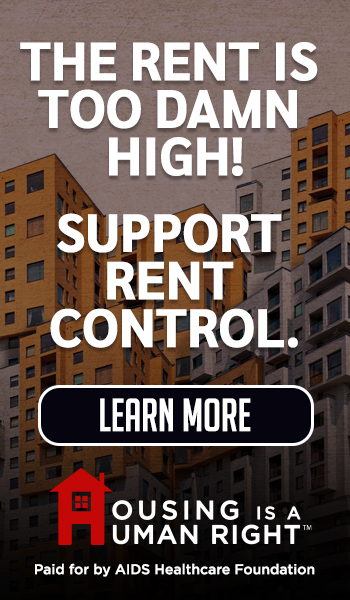Comments
DIGITAL NIGHTLIFE - Los Angeles has long been a global hub for nightlife, where music, fashion, and culture collide under neon lights. From legendary clubs on Sunset Boulevard to underground warehouse parties in the Arts District, LA’s after-hours scene has always been a dynamic reflection of the city itself. But as the city moves into the future, its nightlife is undergoing a transformation shaped by technology, shifting demographics, and evolving entertainment preferences. Even outside traditional venues, digital entertainment is playing a bigger role, with trends like sweepstakes casino platforms influencing social gaming culture and adding new layers to how people engage with nightlife. These platforms are becoming increasingly popular, largely thanks to their convenience and flexibility, not just in the L.A. region, but across many states.
One of the most significant changes in LA’s nightlife is the growing integration of digital experiences. Social media and streaming platforms have given rise to new ways for people to engage with nightlife, from virtual club events to exclusive guest list apps that curate VIP experiences. Augmented reality (AR) and AI-driven music personalization are making their way into venues, enhancing the sensory experience of a night out. Many clubs and bars are also investing in immersive, themed environments that create Instagram-worthy moments, a trend that continues to redefine what it means to “go out.”
At the same time, LA’s nightlife is becoming more diverse and inclusive. Historically, the city’s most famous venues catered to specific crowds, but there’s now a growing emphasis on spaces that welcome a broader mix of people. This shift is particularly visible in the rise of LGBTQ-friendly venues, Latin dance clubs, and culturally specific nightlife experiences that cater to the city’s vast range of communities. With this inclusivity comes a new level of authenticity—music, drinks, and atmospheres that reflect the genuine diversity of LA rather than just an exclusive elite.
Economic pressures are also reshaping the industry. Rising costs of operation, including rent, wages, and permits, are pushing some clubs to adapt or shut down altogether. In response, a new wave of nightlife is emerging in unexpected places. Pop-up events, secret locations, and members-only experiences are growing in popularity, giving partygoers a sense of exclusivity while helping organizers avoid the financial strains of running a permanent venue. These underground spaces are reviving the thrill of discovery that once defined LA’s nightlife, creating a balance between accessibility and exclusivity.
Gambling is another factor subtly influencing nightlife, with high-end lounges and casinos becoming nightlife destinations in their own right. Some venues are experimenting with integrating casino-like elements, from upscale poker nights to digital gaming experiences, offering a different kind of social interaction that extends beyond traditional clubbing.
Of course, any discussion of LA’s nightlife must acknowledge the challenges it faces. Recent events have tested the city’s resilience, with communities coming together to support local businesses and entertainment venues. While some areas continue to recover, the overall outlook remains optimistic. LA’s nightlife scene has always thrived on reinvention, adapting to new cultural shifts and economic realities.
As new technology, social trends, and economic shifts shape the city, the nightlife of tomorrow may look different from what came before. But at its core, LA’s after-dark culture remains the same: a place where people come together, celebrate, and lose themselves in the energy of the night.
###
















